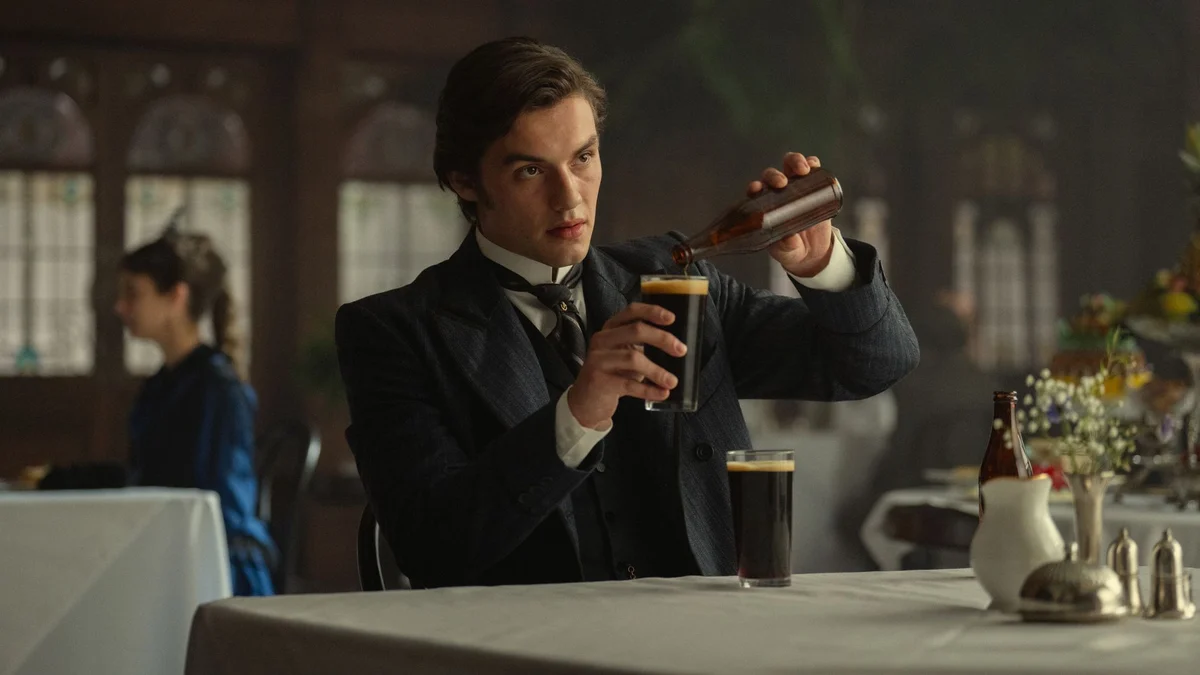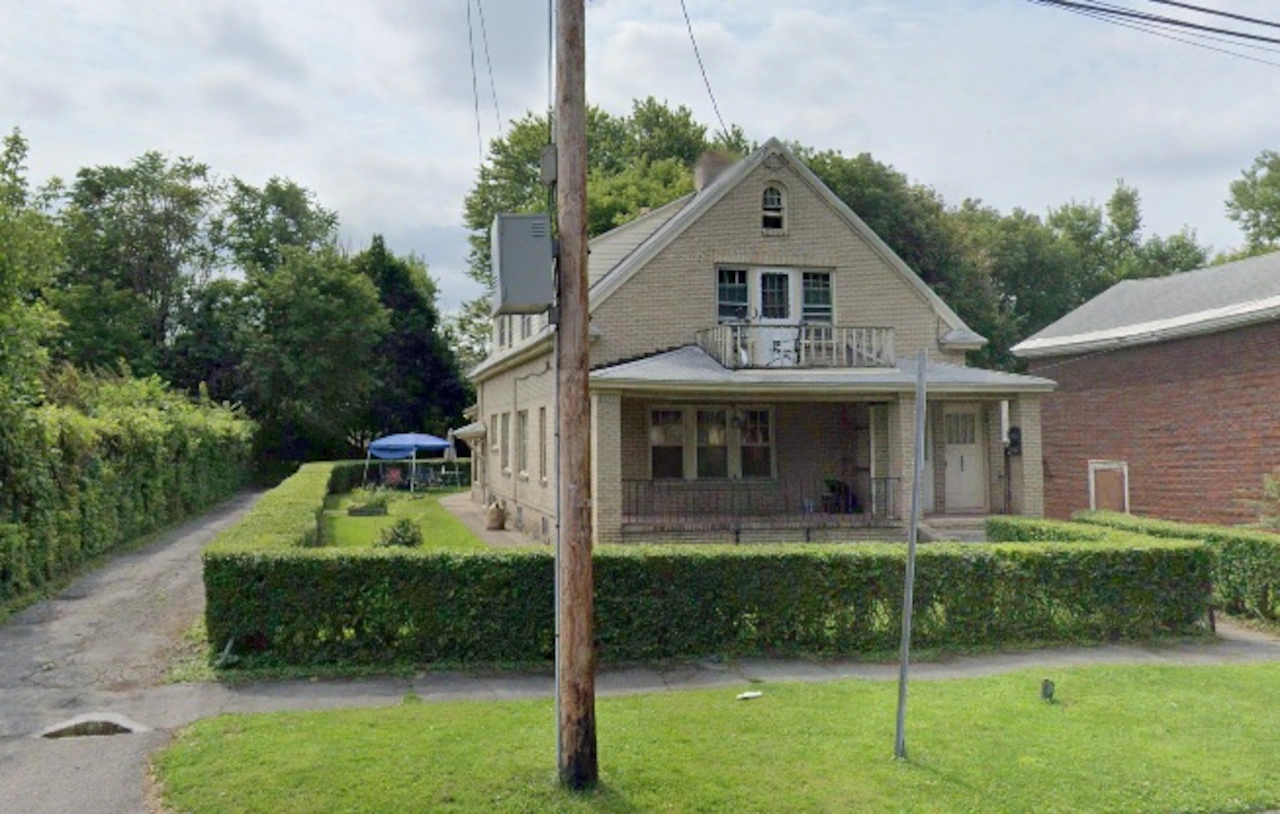By Vicky Jessop
Copyright standard

Who knew so much could go so wrong with one family?
Well, with the Guinnesses, anything is possible. Netflix’s new drama series is based on the true story of Sir Benjamin Guinness and his four children, to whom he leaves a vast empire on his death in 1868 – and who are charged with keeping his dream alive.
Naturally, this is easier said than done, and soon the Dublin-based family are up to their ears in secrets, destruction and the ongoing fight for Irish independence.
The series promises plenty of scandal, sex and beer, and with Steven Knight at the helm, it’s sure to be serving up plenty of Peaky Blinders energy. “If you were writing fiction,” Knight told GQ, “you’d invent that, and people would say, ‘Really?’ But this is real.”
Although, as with any piece of historical fiction, certain liberties may have been taken to imagine the goings-on the lives of people living over a century and a half ago.
Here’s what we know about the main players in Netflix fiction and in historical fact. Spoilers (kind of) ahead.
The patriarch of the Guinness family. He inherited the St. James’ Gate Brewery from his grandfather, Arthur, who famously signed a 9,000-year lease on the site in 1759. It was Benjamin who transformed the Guinness business into a truly global affair: from 1839, he was the one in charge, and by 1855, he had become the wealthiest man in Ireland.
He was also ruthless. In the aftermath of the Irish Famine, Guinness used the opportunity to brutally wipe out many of his competitors who owned breweries along Thomas Street and James’ Street. He undercut them, then bought them out – thus creating the juggernaut we all know today.
He increased sales of stout from 78,000 hogsheads (aka a large cask) in 1855 to a whopping 206,000 in 1865, and started exporting abroad to Britain. He was elected the first Lord Mayor of Dublin, and had a seat in the House of Lords. All in all, a very influential man – and the one who kept the ship afloat.
He was also a devout Protestant – as were the rest of his family. At one point in the late 18th century, Guinness was referred to as “Guinness’s Black Protestant Porter”, and the family were strong Unionists.
The put-upon eldest son. At the start of the series, we find Arthur freshly returned from London, where he’s been living for the past decade, and having to balance inheriting his father’s brewery with his duties towards his family, as well as his own rather tormented personal life.
In an extra twist, his father’s will dictates he must run the business in tandem with younger brother Edward. Knight has described this dynamic as “the heart” of the show, so we look forward to finding out what happens there. There’s also the issue of rising anti-British sentiment to deal with: despite the family’s close links with England, and Unionist leanings, the tide is starting to turn in Ireland, causing trouble in turn for the family.
In reality, Arthur’s life was a fairly standard one. He married a socialite (their relationship ended up being happy but childfree) and sold his share of the family estate to his brother. He also took his father’s seat in Parliament, and was voted in as a Conservative MP for the City of Dublin in 1868.
However, a year later, it turned out that the position might have been attainted by unlawful means, and he lost his seat again… only to resume it in 1874 under the leadership of Benjamin Disraeli. By 1880, he had been made Baron Ardilaun.
The ambitious younger brother. Edward isn’t in line to inherit the Guinness family fortune, but when his brother left for London, he stayed in Dublin and built up a massive working knowledge of the brewery. When Benjamin dies, he leaves said brewery to both brothers, which causes a lot of friction – Knight has said that the two find themselves “chained together”.
In reality, Edward did inherit the brewery with his brother in 1868, but bought him out in 1876. At 29, he was the sole owner of Guinness, and he proceeded to grow it exponentially. He built the Guinness Storehouse in Dublin (now a massive tourist attraction) and floated the company on the London Stock Exchange in 1886.
It floated for £6m, and as a result, he became the richest man in Ireland. At this point, the company had doubled its output to 907,000 hogsheads a year, which was being sold around the world. After all that, Edward retired at the age of 40.
The troubled second brother. Ben starts the series in a dark place – how he gets out of it is another thing entirely.
He’s largely absent from the history books: all we really know is that he married Henrietta, the daughter of an Irish peer, and moved to England. From there, he became a captain in the Royal Horse Guards and had several children.
Anne’s storyline is currently being kept under wraps, but she was a real member of the Guinness family.
The only daughter of Benjamin Guinness. Married off at a young age to William Plunket, the 5th Baron Plunket in fact (great name), she eventually had two sons and four daughters. With the money from her dowry (a whopping £49,000), she renovated her husband’s home, and spent her life helping the poor and sick of Dublin. She sponsored Bible readings and established St Patrick’s nursing home in 1876. She also suffered from a degenerative illness, and died on November 8, 1889, aged just 50.
Rafferty, who is played by James Norton, is the “enigmatic” and swaggering factory foreman who works for the Guinness family. He’s also something of an enforcer, keeping the workers in line and ruthlessly hunting down anybody who opposes or threatens the Guinness fortunes.
However, he’s not real: he was a character invented by Knight for the show.
House of Guinness airs on Netflix from September 25



